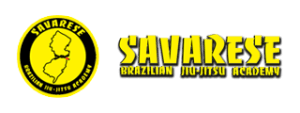More half guard passing tips
More half guard passing tips
More half guard passing tips for you…first, when your in half guard on top, there is no need to rush. Of all the methods of passing guard, passing from half guard gives you the most ability to slow things down and dictate the pace. We preach dictating the pace as one of the most important aspects of BJJ at Savarese BJJ (www.njbjj.com). You must learn to use this in your favor. When you first get over your opponents knee and enter half guard, take a moment to to first solidify your top position rather than rush into the passing game. Your first goal should be to shut down your opponents ability to off balance and move you (if he can do that he will be attacking you relentlessly). This means there will be a contest for arm position (most opponents will be looking to get an under hook), head position (opponent will be looking to get your head far forward over his shoulders) and hip position (opponents will be looking to get under you and on to one side rather than flat). Who wins these three battles will generally dictate the overall battle from half guard. So when you first settle into half guard – look to win these three battles first before you go into your favorite passes. Here, one of our students wins the battle for the head control position, which will enable him to start setting him up for some strong passes and thus a stronger chance at submission

